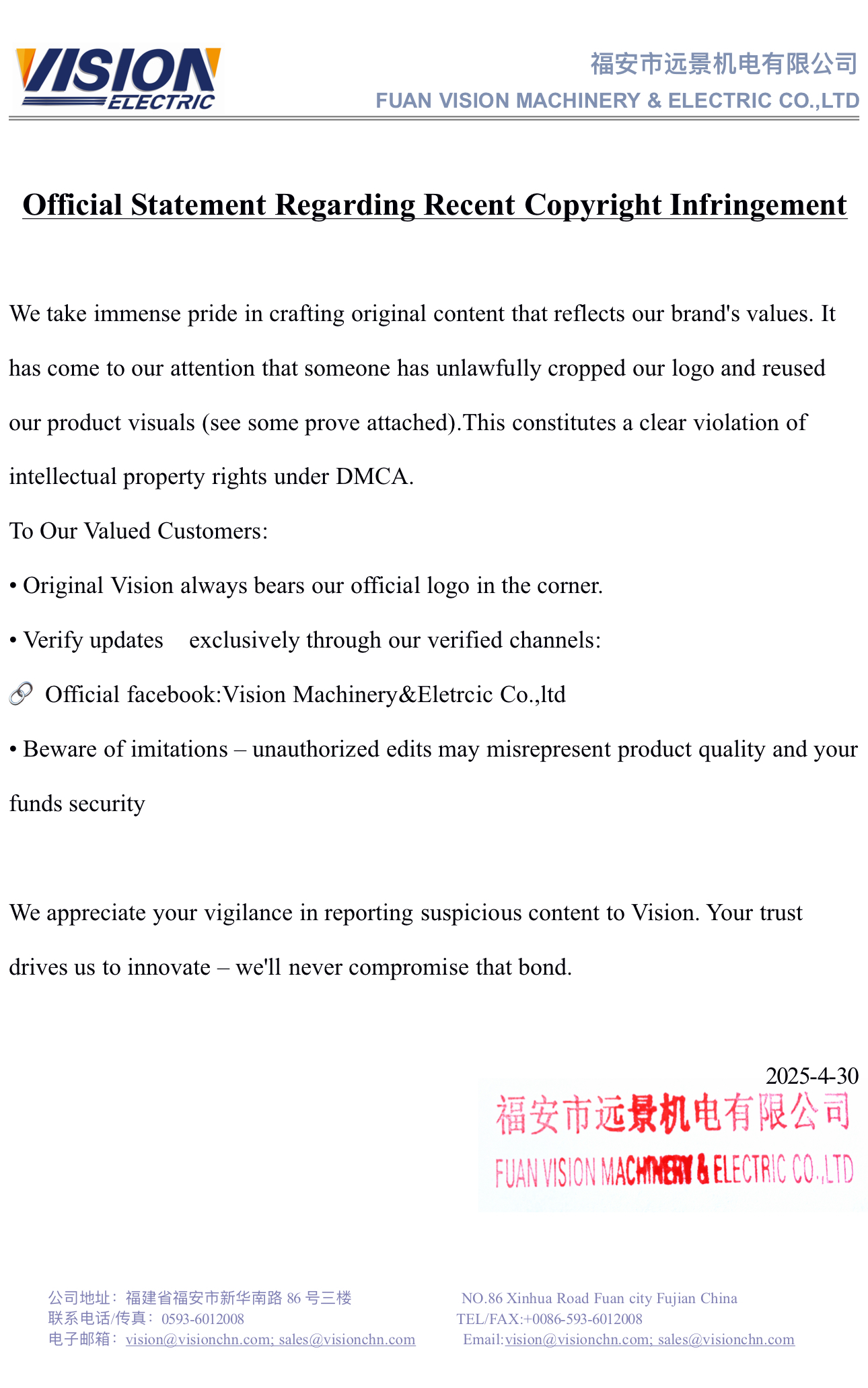In the realm of manufacturing and production, two fundamental processes play a pivotal role: processing and assembly. While these terms may seem interchangeable at first glance, they encompass distinct stages in different industries. Understanding the nuances between processing and assembly is crucial for professionals seeking to optimize their operations and enhance overall efficiency. In this article, we will delve into the intricacies of these processes, exploring their definitions, applications, and key differentiating factors.
- Defining Processing:
Processing refers to a series of operations performed on raw materials or components to transform them into finished or semi-finished products. It involves altering the physical, chemical, or mechanical properties of the materials to achieve desired characteristics. Processing encompasses a wide range of techniques, including cutting, shaping, molding, refining, and treating, depending on the industry and the specific requirements of the product.
1.1 Processing in Manufacturing:
In the manufacturing industry, processing involves converting raw materials into intermediate or final products. For instance, in the automotive sector, processing encompasses operations like casting, forging, machining, and welding, which shape and refine metal components. Similarly, in the food industry, processing involves techniques such as grinding, mixing, cooking, and packaging to transform raw ingredients into consumable products.
1.2 Processing in Information Technology:
In the realm of information technology, processing refers to the manipulation of data or signals to obtain meaningful results. This includes tasks like data analysis, signal processing, image processing, and algorithm development. Processing in this context involves utilizing computational power and software algorithms to extract valuable insights or perform specific tasks.
- Understanding Assembly:
Assembly, on the other hand, involves the joining of individual components or sub-assemblies to create a final product. It is the process of integrating various parts to construct a functional and cohesive whole. Assembly can be categorized into two main types: manual assembly and automated assembly.
2.1 Manual Assembly:
Manual assembly involves human intervention in the joining of components. Skilled workers utilize tools, fixtures, and techniques to assemble products. This method is often employed in industries where customization, intricate detailing, or low-volume production is required. Examples include handmade crafts, bespoke furniture, and artisanal goods.
2.2 Automated Assembly:
Automated assembly relies on machinery, robotics, and advanced technologies to assemble products. It is commonly used in industries with high-volume production requirements, such as automotive manufacturing, electronics, and consumer goods. Automated assembly offers advantages like increased speed, precision, and consistency, while reducing labor costs and minimizing human error.
- Key Differences and Synergies:
While processing and assembly are distinct stages, they are interconnected and mutually dependent in many industries. Processing prepares the materials or components for assembly, ensuring they possess the desired properties and dimensions. Assembly, in turn, brings together these processed elements to create a functional product.
3.1 Sequential Relationship:
Processing typically precedes assembly, as the raw materials or components need to undergo various operations to attain the required specifications. For instance, in the production of electronic devices, processing involves fabricating and refining individual components like circuit boards and microchips. These processed components are then assembled to create the final product.
3.2 Optimization and Efficiency:
Efficient processing techniques can significantly impact assembly operations. By optimizing processing methods, manufacturers can reduce waste, enhance material properties, and streamline assembly processes. For example, in the aerospace industry, precision machining and surface treatment of components during processing ensure accurate fit and alignment during assembly, leading to improved performance and safety.
Conclusion:
In conclusion, processing and assembly are integral processes in various industries, each with its own distinct characteristics and applications. Processing involves transforming raw materials or components into finished or semi-finished products, while assembly focuses on joining these processed elements to create a final product. Understanding the differences and synergies between these processes is crucial for professionals seeking to optimize their operations and achieve superior product quality. By harnessing the power of efficient processing and assembly techniques, industries can propel themselves towards enhanced productivity, innovation, and success.
